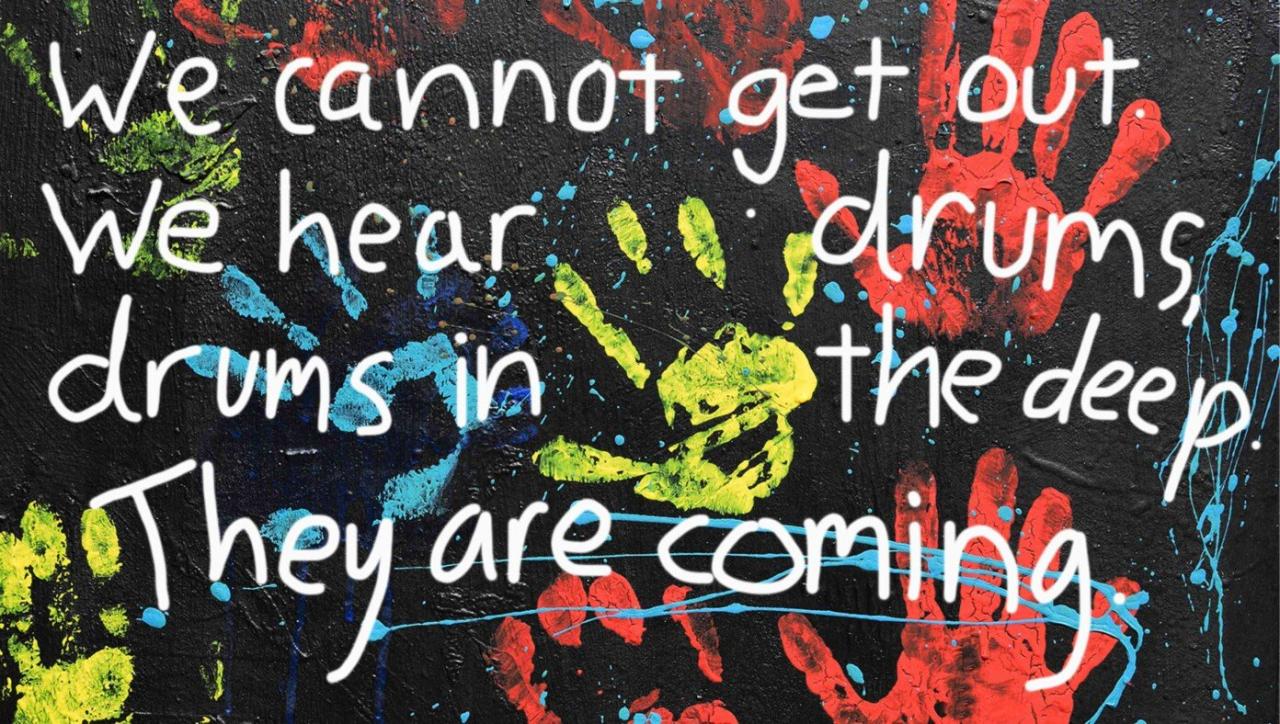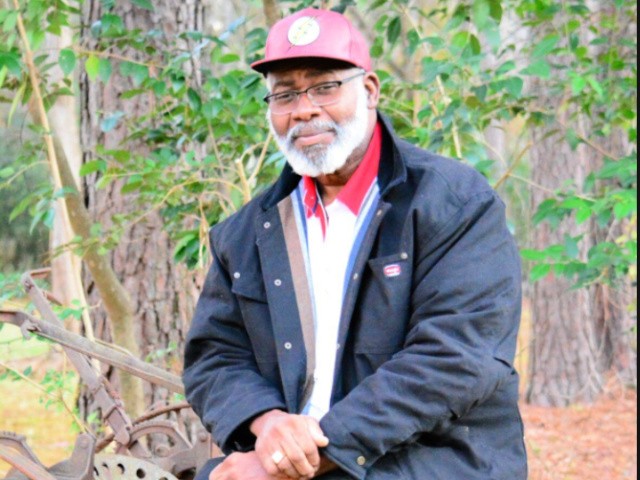
Mostar’s rich skyline, with mosques and Catholic church towers peeking out above buildings and set against an imposing mountain range, now once again features the towers of an elegant Orthodox church — perched on a hill above the city’s eastern side — after it was destroyed during the brutal war in the city almost 30 years ago.
The 19th-century Cathedral of the Holy Trinity is not yet ready for mass and will not be hosting an Orthodox Christmas liturgy on January 7, two weeks after Christmas Day is celebrated in most parts of Western and Central Europe.
This will be the 29th Christmas in a row that the Orthodox faithful of the region of Herzegovina, the southern half of Bosnia, will not gather in the church that served as the main temple for that part of the country.
“We’ll serve the liturgy in all other churches in and around the city, but the works that are underway and the cold weather make it simply impossible to do it there,” Duško Kojić, Mostar’s paroch or pastor told Euronews as he sat in the offices of the Zahumlje Eparchy, some 150 metres downhill from the temple.
Eparchies are provinces or territorial dioceses of the Orthodox Church, governed by a bishop, with each having a cathedral or “saborni hram” — usually the most representative or largest church in the region’s biggest city — as its seat.
The Eparchy of Zahumlje, Herzegovina, and the Littoral has its seat in Mostar, and it oversees the region of Herzegovina as well as parts of Dalmatia in neighbouring Croatia and a small section of Montenegro.
The temple is included in UNESCO’s list of world heritage sites and is a short walk away from the old town that leads to the city’s most famous landmark, the sharply arched Old Bridge.
It was the largest Orthodox church in the Balkans at the time when it was constructed.
During the 1992-1995 war it was turned into rubble.
First it was shelled in early June 1992, then seven days later it was set on fire and had its bell towers toppled. Finally, the remaining walls were blown up.
This forced the Eparchy to choose another church as its main temple, and it selected the more modest Temple of Holy Transfiguration in Trebinje — some 135 kilometres south of Mostar — as a stand-in.
Centuries of history wrecked during the war
Before the conflict, Mostar was home to a dizzying array of cultures. The city descended into an ethnic conflict, with civilians being persecuted and forced into mass relocation.
Today, the two parts of the city that are divided by the deep blue waters of the Neretva river also mark the division line between its two main ethnic groups – the western part of Mostar became predominantly Bosnian Croat, and the eastern part mostly Bosniak.
The church was not the only UNESCO-protected landmark in the city that was destroyed. Much of Mostar’s historical centre, known for its slippery cobblestone streets flanked by artisanal stores, was severely damaged.
Bosnian Croat forces also shelled and downed the Old Bridge, a monument made famous all over former Yugoslavia for frequently appearing in movies and music videos.
The number of Bosnian Serbs greatly diminished as well. What used to represent almost one-fifth of the city’s population according to the 1991 census was reduced to about 4,400 people or 4.2 per cent in 2013.
Work on reconstructing the church began only 18 years after it was destroyed, in 2010. Unlike many other places of worship usually linked exclusively to one ethnic group, the Orthodox cathedral in Mostar was a beloved landmark whose reconstruction was delayed by politics, and not opposition from the local community.
“If you talk to people in Mostar of any denomination or ethnicity today, you’ll see a great sense of sorrow for the church’s destruction in all of them,” Kojić said. He explains that this is what makes “Mostar what it is,” unlike diverse communities in other conflicts that have maintained their divisions.
“We as citizens in Mostar don’t feel any kind of division between us. And we don’t feel endangered in any way, shape or form,” he said. “The politicians create this image of us being divided and facing constant issues. They propagate that for their own benefit.”
One of the most illustrative stories about its reconstruction, Kojić points out, pertains to its bell tower. Three individuals from Mostar — a Serb, a Croat, and a Bosniak — approached the church to donate money for the bell tower’s reconstruction.
“They came to us and they insisted as truly religious people to remain anonymous — the most superior form of love is to do a good deed without anyone knowing, without anyone giving you a pat on the shoulder.”
“So we thought about what to do with their donation and decided that the three clocks featured on the bell tower are now going to show time in Roman, Arabic and Old Church Slavonic numerals. And the church and the city would be less beautiful if we didn’t now have those three distinct clocks,” Kojić emphasizes.
The biggest Orthodox church in the Balkans
Although the eparchy of Zahumlje historically had its seat elsewhere, it was moved to Mostar as the region’s largest city in the late 18th century.
The eparchy needed a big, lavish church as its main temple — something that the city did not feature up to that point.
The local faithful organised a drive to collect the funds for it among themselves, and its construction began in 1863. It was built in record time, by 1873.
“It’s a witness to the city’s golden age, and the presence and wealth of the local Serb population,” Kojić explains.
“The size of the temple is decided according to the number of people who come to the service. And the location was chosen so that you can see it from any entrance to the city, both the west, and the south and the north.”
Mostar, a trade hub located in the vicinity of three countries and in close proximity to the Adriatic Sea, wanted to use the church in its ongoing rivalry with the country’s capital, Sarajevo.
“They [citizens] said we have the money and the location, but they also came with a demand. And the demand was to allow them to make the church bigger than the one in Sarajevo.”
The permission was granted, and both tsarist Russia and the Ottoman Empire made donations to have it built.
In addition to the city’s faithful who funded the church’s construction, other citizens of all ethnicities also helped.
“It took them 10 years to build it. Now it’s taken more than 11 to bring it back, and we still have no idea when it will be finished.”
“To build it so quickly without the mechanisation or construction materials we have today tells you about the kind of love and unity they showed while building the temple,” he said.
“You had people from the nearby villages given tasks — one village would be in charge of bringing the water from the Neretva, while another would prepare lunch for the labourers.”
“I think it’s a good kind of rivalry, that forces you to become better.”
The city’s Old Church — situated right behind the cathedral of the Holy Trinity — was also the site of the country’s first co-ed school.
Bosnia’s poet laureate Aleksa Šantić, famous for his poems about Mostar and eternalised as the author of one of the most famous songs of the country’s traditional genre of music, sevdah, learned to read and write there.
‘Ye Eastern faithful’
The Serb Orthodox Church is one of many Eastern Orthodox churches in the world whose differences in practices and doctrines compared to those of other Christian denominations, such as Catholicism or Protestantism, are relatively unknown in the West and are less prominent in popular culture.
After the Great Schism of 1054 split up the main faction of Christianity into two distinct churches, the Roman Catholic and Eastern Orthodox Church, over ecclesiastical differences and theological disputes, the two took completely different paths.
While the Roman Catholic churches in different countries remained bound together and led by their seat in the Vatican, the various branches of the Orthodox Church were much less connected and centralised.
This meant that the Roman Catholic Church could, over time, change its doctrine and its practices more easily and administer the changes in a uniform way. The Orthodox churches each kept their own rituals and ceremonies largely intact for centuries.
Besides being different from Catholic rites, they can also vary greatly even from one region to another.
The Serb Orthodox custom of burning an oak sapling or badnjak on Christmas Eve, Kojić says — meant to represent the way in which the manger was kept warm at Jesus’ birth in Nazareth, “would probably raise some eyebrows” from a Russian Orthodox Church faithful.
At the same time, some traditions seeped into more than one religion.
“So in Herzegovina, Bosnian Catholics also burn the badnjak on Christmas Eve,” he explains.
But sometimes, even the locals are confused.
The invitation to their annual concert — which often features both church choirs as well as well-known rock bands — can sometimes be a head-scratcher.
The root of the “confusion” lies in the fact that the Serb Orthodox Church still uses the Julian calendar— enacted by edict by Julius Cesar in 45 BC — as opposed to the commonly-used Gregorian calendar, introduced by Catholic Pope Gregory XIII in 1582.
“The difference in the calendars means that although Christmas takes place on January 7 according to the Gregorian calendar, it still refers to the holiday of the previous year according to the Julian calendar.”
“So when we send out invitations for the 2021 Christmas Concert, and the card says that the event takes place on January 7, 2022, people get confused and call us to clarify,” he laughs.
Walking between bags of cement and construction tools, he is cheerfully greeted by a group of construction workers hard at work in freezing temperatures.
The facade was completed earlier this year, Kojić points out, but the interior work will take some time, especially since the frescos that will cover the walls and depict Orthodox Christian saints — a feature of all Orthodox churches — take a significant amount of time to do properly.
“We suggested that using the modern-day materials would make it both faster and cheaper, but UNESCO refused,” he says as the labourers skillfully scale the scaffolding covering the church’s interior.
“So now we have to wait,” and that is fine by him, Kojić explains.
Most importantly for Kojić and the other parish priests who serve the cathedral, are the citizens of Mostar who will come visit it once it is completed.
“The church is of no value if it’s just a pretty building. The people who come to it make it a church.”
And it is open to all of its citizens, regardless of their faith, he emphasised.
“We can’t wait to welcome Mostar’s Bosniaks and Croats too — Christmas will never be Christmas without them,” he concluded.
Every weekday, Uncovering Europe brings you a European story that goes beyond the headlines. Download the Euronews app to get a daily alert for this and other breaking news notifications. It’s available on Apple and Android devices.
Related posts:
Views: 0
 RSS Feed
RSS Feed

















 January 7th, 2022
January 7th, 2022  Awake Goy
Awake Goy 





 Posted in
Posted in  Tags:
Tags: 
















